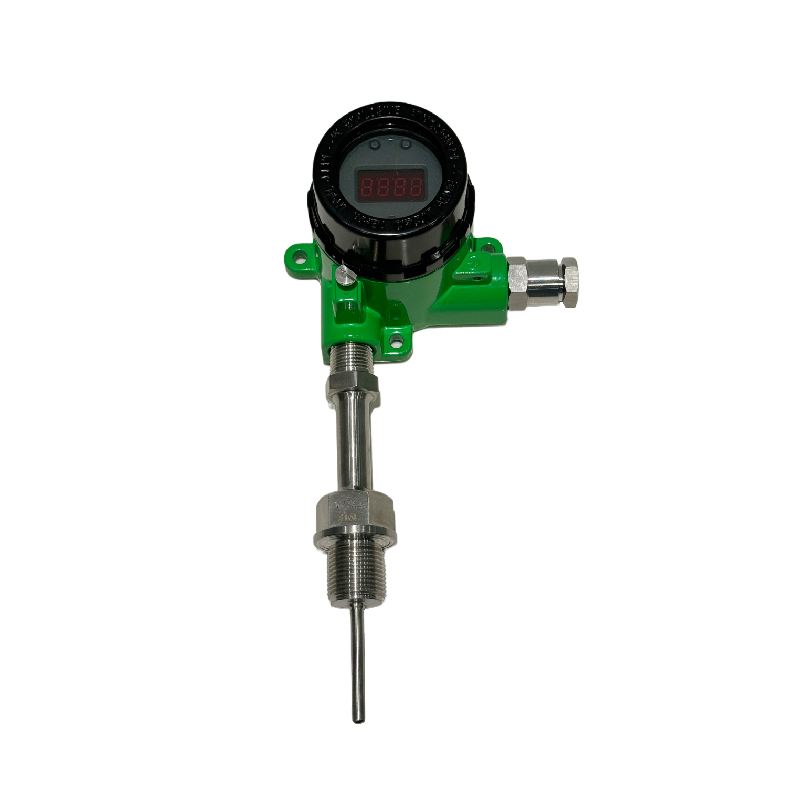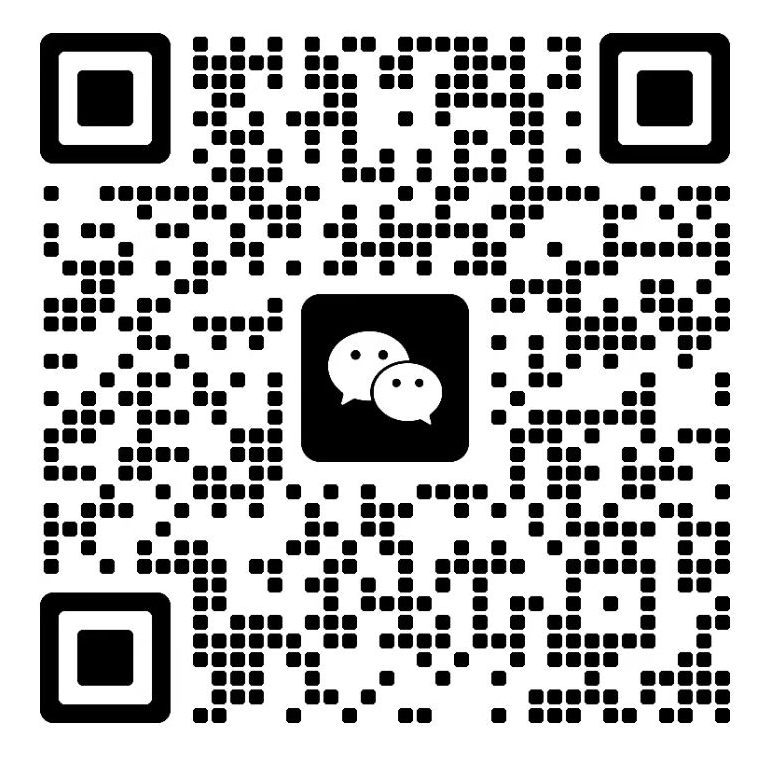In industrial automation and various temperature monitoring scenarios, temperature transmitters play a crucial role. It is like a "temperature interpreter", accurately converting temperature signals into standard signals that are easy to transmit and process, enabling various devices to "understand" temperature information, thus achieving precise control and monitoring.
I. Unraveling the Working Principle
The core principle of a temperature transmitter is based on the thermoelectric effect. Take the common thermocouple temperature transmitter as an example. A thermocouple consists of two metal wires of different materials. When the temperatures at both ends are different, a thermoelectric potential will be generated. This thermoelectric potential has a specific functional relationship with temperature. The temperature transmitter measures, amplifies, and linearizes the thermoelectric potential, and finally outputs a standard current or voltage signal. While the resistance temperature transmitter utilizes the characteristic that the resistance value of a thermal resistor changes with temperature. It calculates the temperature by measuring the resistance value and converts it into a standard signal for output.

II. A Comprehensive Analysis of Types
Thermocouple Temperature Transmitters: Suitable for high - temperature measurement scenarios, they have a wide measurable range and can withstand high temperatures. They are often used in high - temperature industrial fields such as metallurgy and glass manufacturing. For example, in the steel smelting process, where it is necessary to monitor high temperatures of thousands of degrees Celsius in real - time, thermocouple temperature transmitters can show their prowess.
Resistance Temperature Transmitters: They perform excellently in medium - and low - temperature measurements, with high accuracy and good stability. They are widely used in industries such as chemical engineering and food processing. In the food processing industry, where strict temperature requirements are imposed, resistance temperature transmitters can accurately measure and feedback the temperature.
Intelligent Temperature Transmitters: Integrating advanced microprocessor technology, they have functions such as self - diagnosis and remote communication, and can achieve more intelligent temperature monitoring and control. They play an important role in smart factories, building automation, and other fields.
III. Appreciation of Application Fields
Industrial Production: In industries such as petrochemical and power, temperature transmitters are used to monitor the temperatures of reaction kettles, pipelines, boilers, and other equipment to ensure the safety and stability of the production process. For example, in the petroleum refining process, precise control of the reaction temperature is the key to ensuring product quality.
Environmental Monitoring: In places such as weather stations and water quality monitoring stations, temperature transmitters are used to measure environmental parameters such as atmospheric temperature and water body temperature, providing data support for environmental research and protection.
Medical Equipment: In the medical field, equipment such as incubators and sterilization equipment require precise temperature control. Temperature transmitters can ensure the normal operation of medical equipment and the safety of patient treatment.

IV. Highlighting the Advantages
High - Precision Measurement: It can accurately measure temperature with minimal error, meeting the requirements of various scenarios with high temperature accuracy requirements.
Stable Signal Transmission: After converting the temperature signal into a standard signal, it has strong anti - interference ability during the transmission process, ensuring that the signal is accurately transmitted to the control system.
Easy System Integration: The output standard signal can be easily integrated with various automation control systems to achieve automated control and monitoring.
V. Key Points for Selection
Measurement Range: Select a temperature transmitter with an appropriate range according to the temperature range of the actual application scenario.
Accuracy Requirements: Different applications have different accuracy requirements. Choose products that meet the accuracy standards according to specific needs.
Output Signal Type: Common ones include 4 - 20mA current signals, 0 - 5V voltage signals, etc. Select the appropriate output signal type according to the subsequent connected equipment.
Protection Level: If it is used in harsh environments, choose a temperature transmitter with a high protection level to ensure its normal operation.
As a key device for temperature monitoring and control, temperature transmitters play an irreplaceable role in various fields. With the continuous development of technology, it is believed that temperature transmitters will play a greater value in more scenarios, bringing more convenience and guarantee to our production and life.


